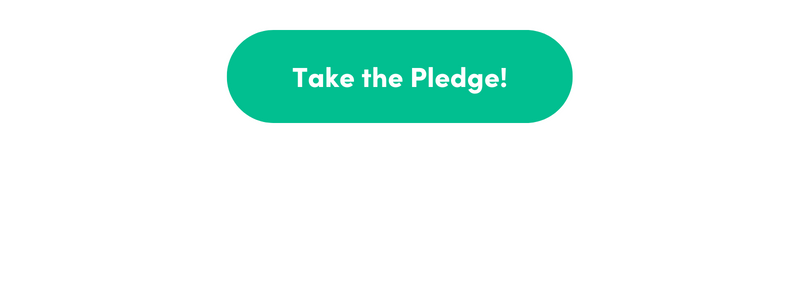
Managing caregivers or personal attendants doesn’t have to be difficult! When we intentionally set up systems of communication, we create opportunities for healthy, professional boundaries.
For example, there might be a really important change coming up in your life — you might be returning to school, have a new romantic partner in your life, or be starting a new job or volunteer opportunity. All of these could require communicating about changes to schedule, locations where work support is needed, and ensuring the caregiver or personal attendant is familiar with changing routines and situations. Also, it could be that your caregiver or personal attendant has other obligations that will require schedule changes or could affect general work availability. An annual evaluation is a great way to plan in advance, so that the changes can be made more easily.
Why is it important to do annual evaluations?
In any workplace, job evaluations are important opportunities for employers and employees to share affirmations, concerns and make necessary adjustments.
Annual evaluations give both you and your caregivers or personal attendants the opportunity to reflect on job duties and a work agreement, if you have one (here’s a link to a sample work agreement). It also is a great opportunity to communicate upcoming goals or schedule changes that you or your caregivers or attendants may have coming up.
How do you set up an annual evaluation?

Bake it into the job structure
Ideally, you will have established a written work agreement that specifies evaluations will take place annually, or at a time-frequency that feels comfortable for both of you — the both of you might find that a more frequent time, such as six months, could be more useful.
If you haven’t already set up an evaluation, communicate the need. You can try saying something like, “I’d like to plan for a job evaluation every so often. It’ll be a chance to check in and give each other feedback. We’ll focus on what’s working and work together to find solutions for anything that could be improved.”
![Image of a text message exchange. The exchange reads: Hey! Do you want to schedule some time for a quick check-in? It’s something I think can really help the both of us. (Sent at 1:30 p.m.) We can talk about what’s going well and what difficulties we’ve been encountering up. (Sent at 1:31 p.m.) (with a heart emoji) Reply: Hi! Good idea. We’ll brainstorm solutions to any issues we’re running into. I have been wanting to talk to you about a few things. (Received at 1:45 p.m.) Yes! This will be a great way to keep our communication clear and respectful. (Sent at 1:48 p.m.) (with a heart emoji)]](https://domesticemployers.org/wp-content/uploads/2022/06/Check-ins-communication-800-×-300-px-2.png)
Build a check-in framework
It’s helpful for your annual evaluation to be supported by regular, brief check-ins to discuss any needed changes. These can be as short as 15 or 30 minutes. Remember to schedule these short meetings when you both have time. Pick a time and day of the week where a schedule might be a bit more relaxed, like a Friday or weekend day.

When starting your annual evaluation…
- Talk first: A good way to start is by expressing appreciation for everything that your caregiver or attendant’s work has contributed to your life and the life of your family in the past months or years. Be specific, and you should take this opportunity to share positive observations about their work. Then follow this with areas where there is room for improvement. If there is a work agreement, be sure to refer to it during this time.
- Then listen: Next, it will be the worker’s chance to tell you where there is room for improvement. Remember that as the employer, you hold power in this conversation. Reassure them that you want to hear what’s really on their mind. They should share any concerns or bring up anything that has been a barrier to fulfilling their responsibilities. The goal of the conversation is to support this worker in doing the vital work they do.
- Agree on next steps: Together you can outline an action plan that lays out steps everyone will take to address concerns raised in the discussion. Reiterate your appreciation for their hard work and their thoughtfulness in having these conversations with you!
- Looking ahead: An evaluation meeting is a good opportunity to discuss any big changes you want to make to the terms of a worker’s employment (such as reduced or expanded hours) or their responsibilities.
- If you are privately paying a caregiver, it’s important to consider a pay increase during an annual evaluation. Like any worker, caregivers or attendants pay can and should be increased for many reasons, including a change in responsibilities or a change in the hours worked each day, or you could offer a raise based on length of employment. If you do not pay directly, it’s also important to find ways to support your caregiver or attendant when negotiating for wage increases from the employing entity.
By using these steps, you’ll be well on your way to setting up a first annual evaluation. This will set you up for a strong respectful communication practice going forward.
Let us know how this is working for you! We encourage you to take the Attendant Employer Clear and Respectful Communication Pledge — we will be in touch to support you as you set up your annual evaluations, develop a work agreement, and develop your system of regular check-ins.

